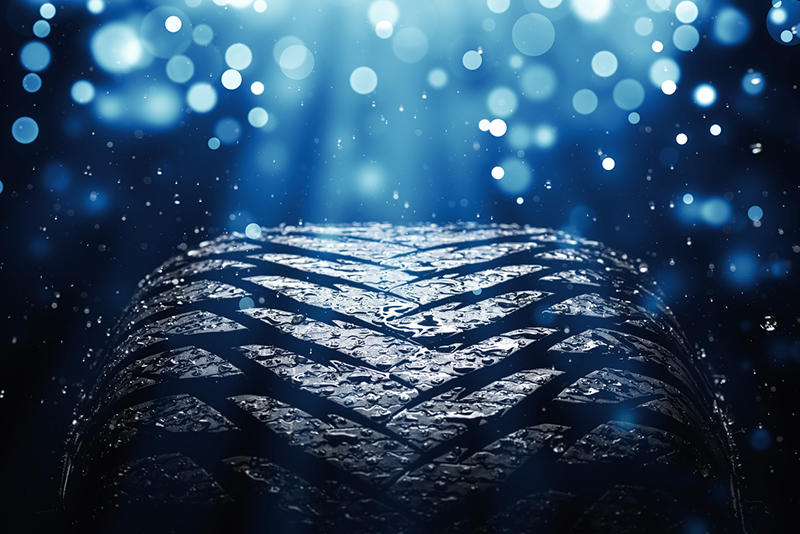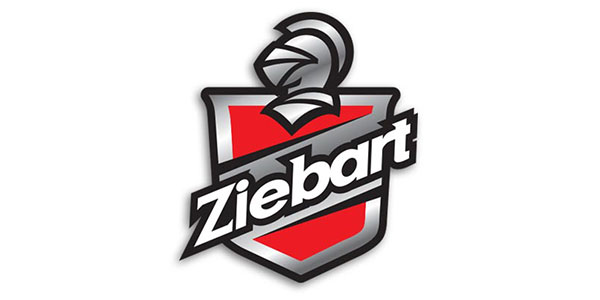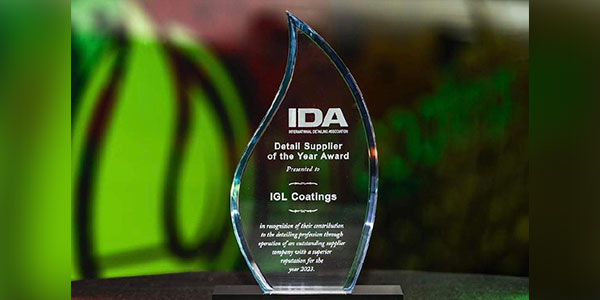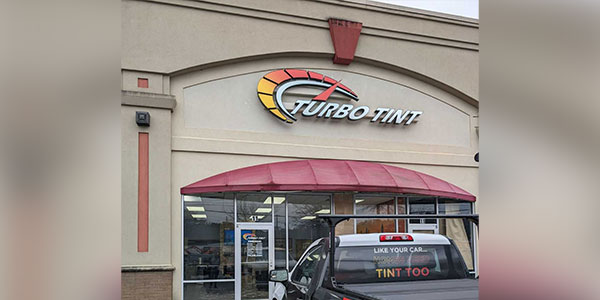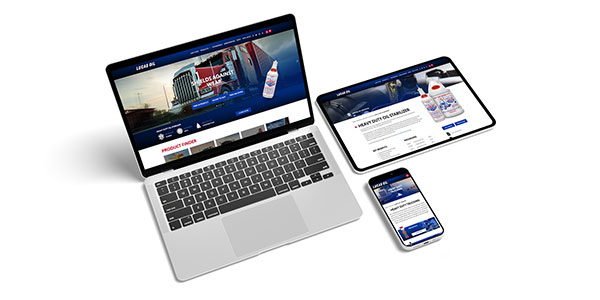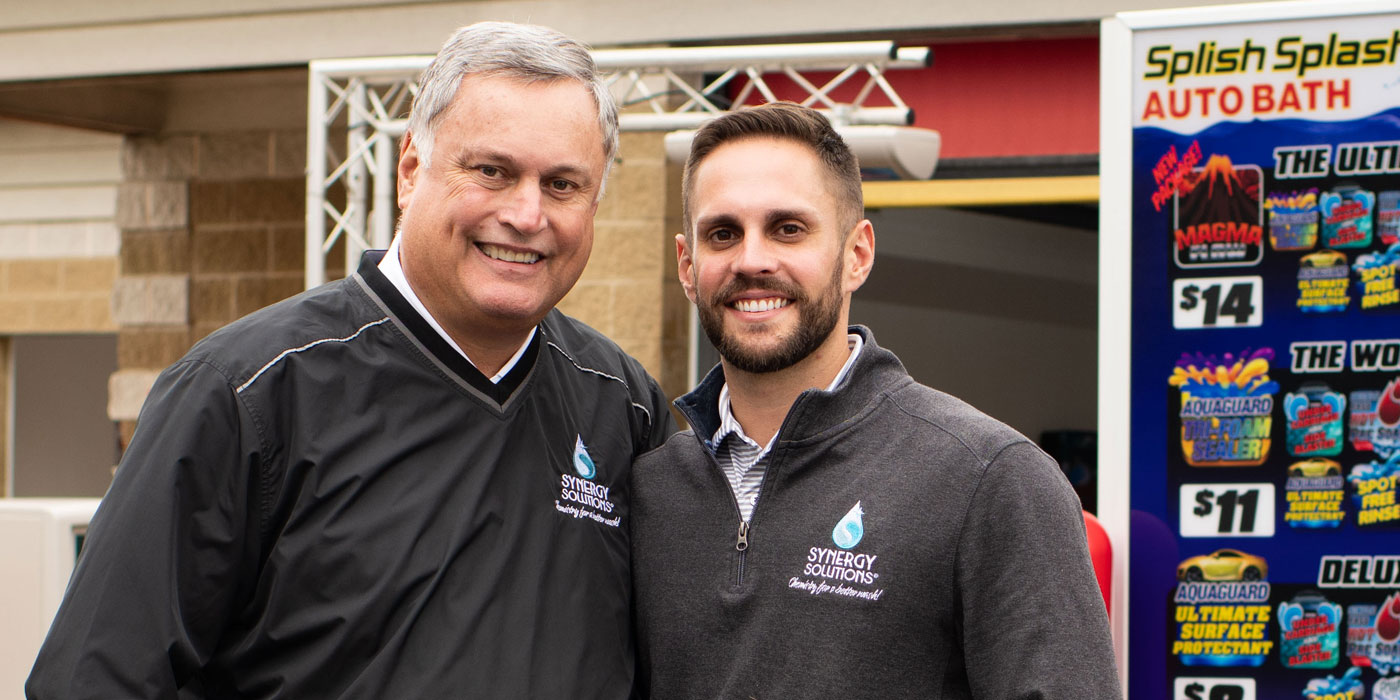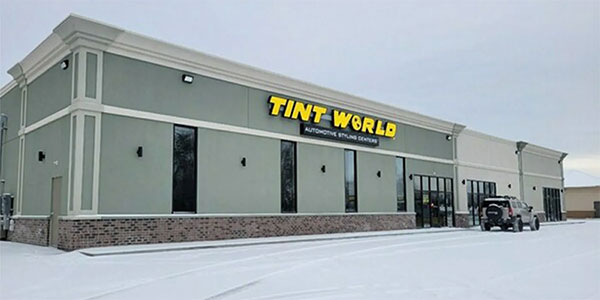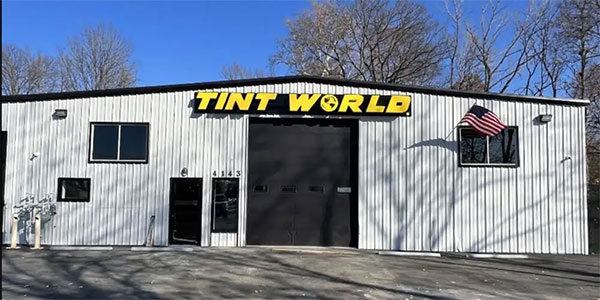Tire dressings, which are sometimes called tire shine products, have become a very important part of the auto appearance industry. In the past, these products were limited for use by the auto detailing industry or the auto owner by using retail products that were sprayed on or impregnated into a sponge. More recently, equipment in the tunnel and automatic carwash industries has become available to apply these products, saving consumers the time of applying the products on their own.
This article will explore the forms that tire dressing products come in, the advantages and disadvantages of each form of the product and how these products are being applied.
Tire dressing components
Almost all tire dressings have an active ingredient of silicone fluid. Silicone fluid is chemically inert, generally non-toxic and not an environmental concern. Silicone does, however, interfere with paint applications, which is why automotive body shops ban the use of silicone in their facilities.
Traditional tire dressings were mixtures of quick-drying solvents with a small amount of silicone. On application, the solvent (usually hexane or heptane) quickly evaporated and left behind a thin film of silicone fluid. This was a significant advantage for the automotive detailing industry, but the products were so flammable that few made it to retail shelves.
The industry has moved away from these types of formulations for several reasons, including flammability issues of the solvent, concerns regarding air quality and regulation, and health hazards associated with repeated exposure.
In order to address those concerns, today’s tire dressing formulations have evolved. Most dressings available today fall into two categories: solvent-based or water-based. Both still use the same active ingredient (silicone fluid) but have different carriers or co-solvents.
Solvent-based tire dressings
While the silicone that produces the shine is very easily dissolved into solvents, the main issue with solvents is that they are considered volatile organic carbon compounds (VOCs). VOCs have been subject to more and more regulation, since they add to other harmful carbon emissions.
Carbon emissions decrease the air quality in locations where the environment tends to trap these emissions, much as the smog does in Los Angeles. While the solvents used in traditional solvent-based tire dressings are not ozone-depleting compounds, some are more flammable than gasoline, and thus the industry has moved away from these for the most part.
Related: Infographic: Solvent-based vs. water-based tire dressings
Today’s solvent-based dressings work similarly to traditional dressings. However, the solvents used tend to evaporate much more slowly, although they still contain a carbon component that makes them VOCs. Also, the silicone content tends to be much higher.
This requires operators to apply the dressings differently by applying thin layers rather than heavy applications and using a sponge or brush rather than misting or spraying. This prevents pooling or slinging, which is caused by too thick a layer of silicone slinging off a moving tire onto the side of the vehicle.
Water-based tire dressings
Water-based tire dressings are also used. In this case, the solvent is replaced with water. Silicone fluid (an oil) and water do not naturally mix, so the fluid is broken into tiny droplets and suspended in water through a process called homogenization, in much the same way that milk fat is suspended in milk.
Many products use surfactants, which keep the emulsion stable but cause the silicone dressing to wash back off the tire. More premium products use thickeners and stabilizers, which do not cause the dressings to de-apply later. Water-based dressings exist in a variety of viscosity ranges and various amounts of silicone.
Much of the challenge in formulating a good water-based dressing is to find suspension- or emulsion-producing agents that hold the silicone fluid droplets suspended in water but do not pull the silicone back off of the tire the first time the tire gets wet. The lack of longevity is the concern with the typical white, milky macro-emulsions sold in the retail store.
Application of dressings in the wash
Originally, most equipment used in automatic and tunnel washes used the same type of sponge material that was found in retail packets designed for hand application. The industry has since moved away from a sponge application to a rotating brush application, which allows for better coverage with less product usage.
Different commercial application units have different types of programmers. Some units only allow a chemical application on every car, while others let you program for options like applying dressing to every second or third car. In either case, an operator can always adjust how long to keep the chemical pumps on. The final appearance of the tire is a matter of operator preference, so some experimentation will be necessary to fine-tune the ultimate result.
Related: Tire care
Typical usage for newer on-line applicators should average about one fluid ounce per car, but again, this will vary with different formulations, as they contain different amounts of silicone. It is also possible to get a better result if there is a bit of residual alkalinity on the car from the tire cleaning detergents.
Finally, the proper maintenance of application nozzles or manifolds will need to become part of the wash’s weekly maintenance schedule, as a clogged nozzle will negatively affect the final result. After all, the final appearance is the entire goal of these types of products and will entice customers to come back again and again.
This article was written by Scott Ware, Jeff Rufner, Nick Quartz and Scott Oster of Warsaw Chemical Co. Inc. and based on a presentation by Nick Quartz and Scott Oster at the recent Splash show in Las Vegas, Nevada. Warsaw Chemical Co. Inc. offers over 200 Car Choice® brand carwash products and maintenance products internationally and throughout the U.S. The Car Choice® line includes products for self service, automatic and conveyor carwashes. For more information, contact Warsaw Chemical Co. Inc., P.O. Box 858, Warsaw, IN 46581. Phone: 800-548-3396; fax: 574-267-3884; and website: www.warsaw-chem.com.

